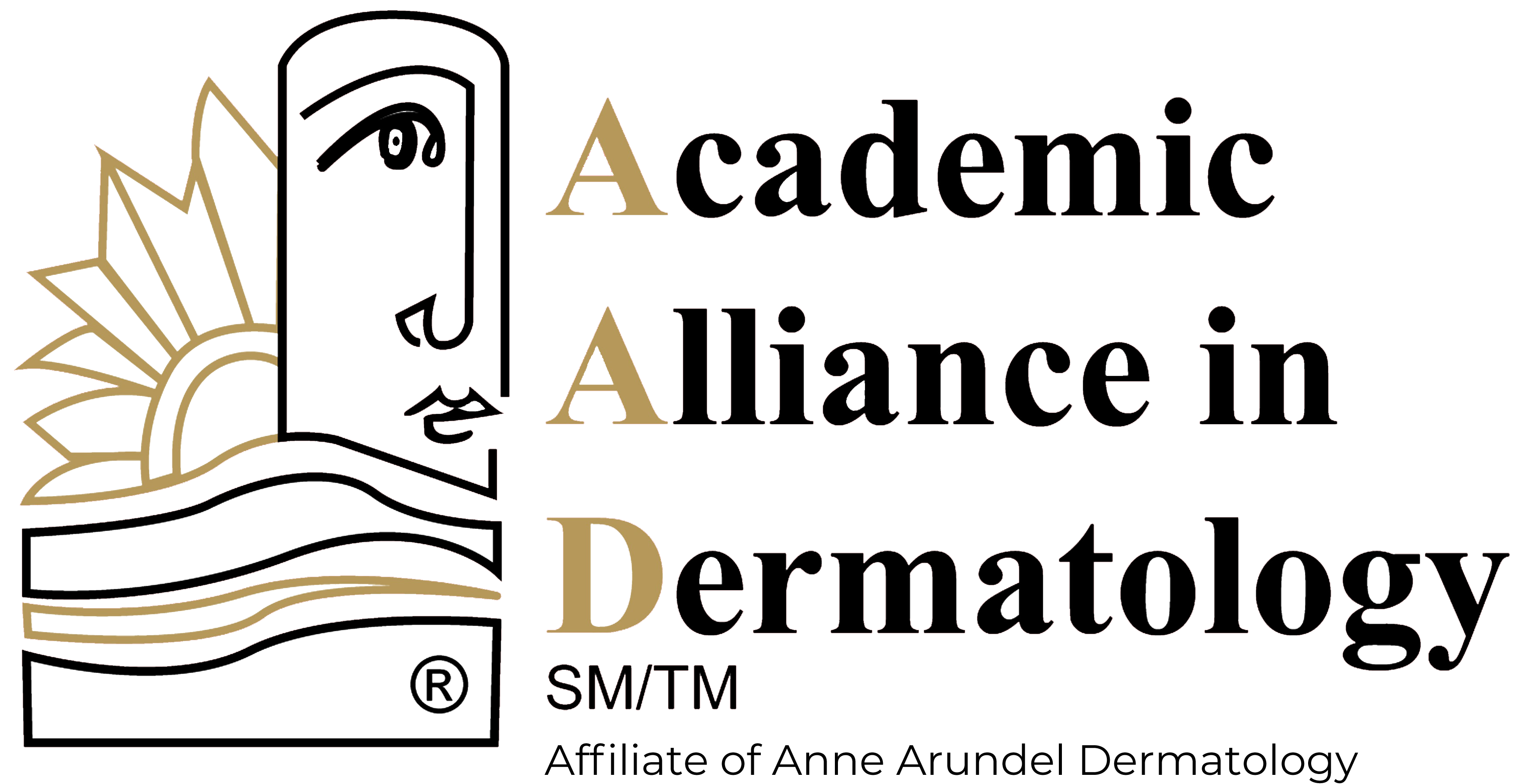Psoriasis 101: Everything You Need To Know About The Condition
October 29th is World Psoriasis Day, which aims to bring awareness to the 125 million people throughout the world living with psoriasis. World Psoriasis Day also works to connect people living with the disease for support, advice, and guidance. In this article, we will share everything you need to know about this common condition including what psoriasis is, what causes it, how it’s treated, and more.
What is Psoriasis?
Psoriasis is a common, chronic skin condition that causes overgrowth of skin cells. It causes cells to build up rapidly on the surface of the skin. The extra skin cells form scales and red patches that are itchy and sometimes painful. For many people, psoriasis comes and goes in “flare ups” that can be triggered by a number of things.
What Causes Psoriasis?
While doctors and researchers don’t know exactly what causes psoriasis, the disease is considered to be caused by an issue in the immune system. However, there are a number of things that can trigger or exacerbate psoriasis such as stress, other conditions, injuries, infections, weather changes, or some medications.
Symptoms of Psoriasis
Psoriasis signs and symptoms are different based on the type of psoriasis and its location. Psoriasis can range from small patches in a few areas to large areas that cover entire parts of the body. Common symptoms of psoriasis include:
- Red, often scaly patches of skin
- Dry skin
- Itching, burning or irritation
- Stiffness around joints (often in psoriatic arthritis)
Types of Psoriasis
- Plaque psoriasis is the most common form of psoriasis, which causes raised, red patches of skin that are often covered in white or silver scales. These patches can be itchy or painful and be small or cover large areas of the body.
- Guttate psoriasis primarily affects young adults and children that shows up as smaller scaly lesions usually on the arms, scalp, or elbows that are often not as thick as the patches from plaque psoriasis.
- Inverse psoriasis usually affects the skin in the armpits, in the groin, under the breasts and sometimes around the genitals, causing smoother red patches of skin that can be made worse by sweating.
Psoriasis Treatment
Psoriasis has no permanent cure at the moment, but there are treatments that aim to reduce inflammation and scales, slow the growth of skin cells, and remove plaques. Below are the most common psoriasis treatments.
- Topical treatments in the form of gels and creams can help reduce symptoms of mild to moderate psoriasis.
- Light Therapy using UVA and UVB light can assist in mild to moderate psoriasis.
- Oral medications are usually prescribed to alleviate more severe psoriasis.
It’s important to note that most people with severe psoriasis may require a combination of treatment options to help alleviate their symptoms.
If you are looking for psoriasis treatment in Tampa, call the board-certified dermatologists at Academic Alliance in Dermatology to make an appointment today.

